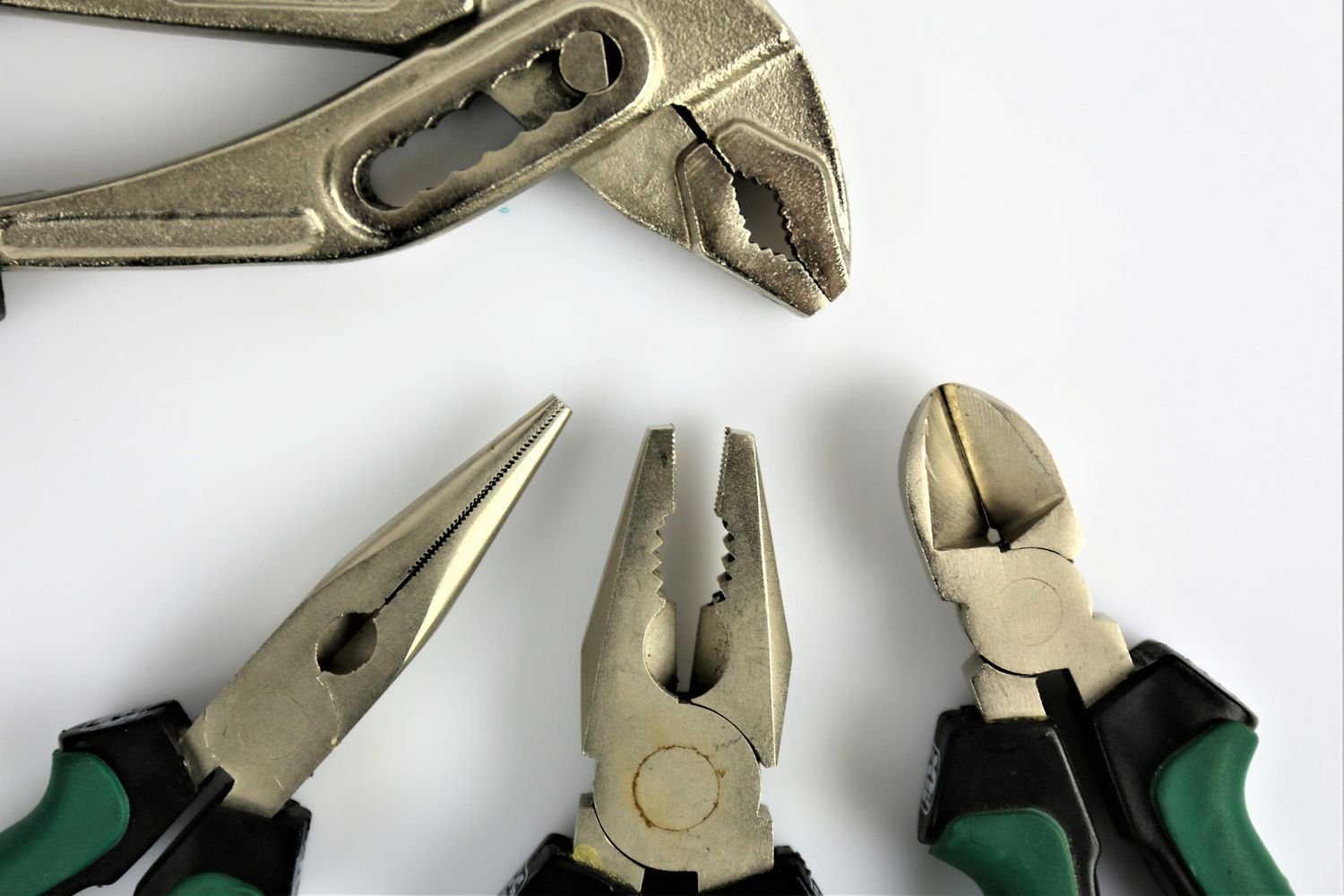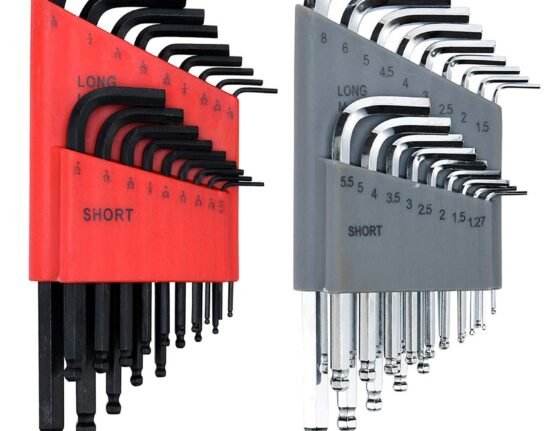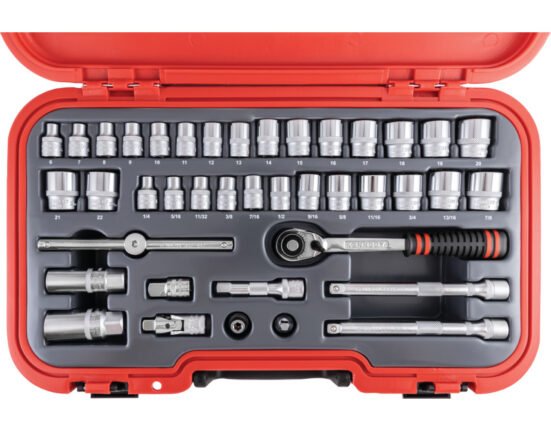Pliers are essential tools in any mechanic’s toolkit, offering the precision and grip required for various tasks. Whether you are handling electrical components, cutting wires, or gripping small parts, the right pliers can make the job easier and more efficient. Choosing the right type of pliers is critical to performing accurate work without damaging components.
Automotive work involves a variety of intricate and heavy-duty tasks, requiring specialized pliers for each situation. By understanding the different types of pliers and their specific uses, you can improve your efficiency and achieve better results.
Types of Pliers and Their Applications
Different pliers serve different functions, and selecting the right one for the task ensures accuracy and safety. Here are some common types of pliers used in automotive work:
- Slip-Joint Pliers: These versatile pliers have adjustable jaws, making them suitable for gripping and turning fasteners of various sizes. They are ideal for general automotive tasks.
- Needle-Nose Pliers: With their long, tapered jaws, needle-nose pliers are perfect for reaching into tight spaces. Mechanics use them for electrical work, bending wires, and holding small parts.
- Locking Pliers (Vise-Grips): Designed to lock in place, these pliers provide a strong grip on bolts and fasteners. They are useful for removing stripped bolts and holding parts in position during repairs.
- Diagonal Cutting Pliers: These pliers have sharp, angled jaws for cutting through wires, cable ties, and other materials. They are essential for electrical work and trimming tasks.
- Channel-Lock Pliers: With a multi-position adjustment mechanism, these pliers offer a wide jaw opening for gripping large objects. They are suitable for plumbing-related repairs in vehicles and handling large fittings.
- Hose Clamp Pliers: Specifically designed to remove and install spring-type hose clamps, these pliers make handling coolant and fuel hoses easier without damaging them.
- Snap-Ring Pliers: These specialized pliers are used to remove and install snap rings, which are common in transmissions and other automotive assemblies.
How to Choose the Right Pliers for Automotive Work
Selecting the correct pliers depends on the task at hand. Consider the following factors when choosing pliers for your automotive work:
Task-Specific Requirements
Identify the primary task before selecting a pair of pliers. For example, use needle-nose pliers for delicate electrical tasks and locking pliers for gripping and holding tough fasteners.
Material and Durability
Opt for pliers made from high-quality, heat-treated steel for durability and longevity. Chrome-vanadium steel provides excellent strength and corrosion resistance, making it ideal for heavy-duty work.
Comfort and Ergonomics
Pliers with cushioned or rubber-coated handles provide a comfortable grip and reduce hand fatigue. Ergonomic designs ensure better control, especially during prolonged use.
Jaw Type and Size
Match the jaw type and opening size to the task. For example, use wide-opening channel-lock pliers for large objects and fine-tipped needle-nose pliers for small, delicate work.
Maintaining Your Pliers for Long-Term Use
Proper maintenance extends the lifespan of your pliers and ensures optimal performance. Here are some care tips:
- Clean After Use: Wipe pliers with a clean cloth to remove grease, dirt, and debris after every use.
- Lubricate Joints: Apply a small amount of oil to the pivot joints regularly to keep them smooth and prevent rust.
- Inspect for Damage: Check for worn or damaged jaws and handles. Replace pliers with excessive wear to maintain accuracy.
- Store Properly: Keep pliers organized in a toolbox to prevent misalignment and damage.
Choosing Quality Brands for Reliable Performance
Investing in high-quality pliers ensures reliability and precision. Brands like Knipex, Channellock, Snap-On, and Craftsman offer durable, professional-grade pliers for automotive work. A comprehensive set with various types of pliers allows you to handle any task effectively.
Final Thoughts
The right pliers can significantly impact the efficiency and accuracy of your automotive work. By understanding the different types, choosing the correct tool for the task, and maintaining them properly, you ensure long-term performance and better results. Equip yourself with a high-quality, diverse set of pliers to tackle any mechanical challenge confidently.
Stay informed on the latest tools and techniques with expert insights from epci.ng.



Leave feedback about this